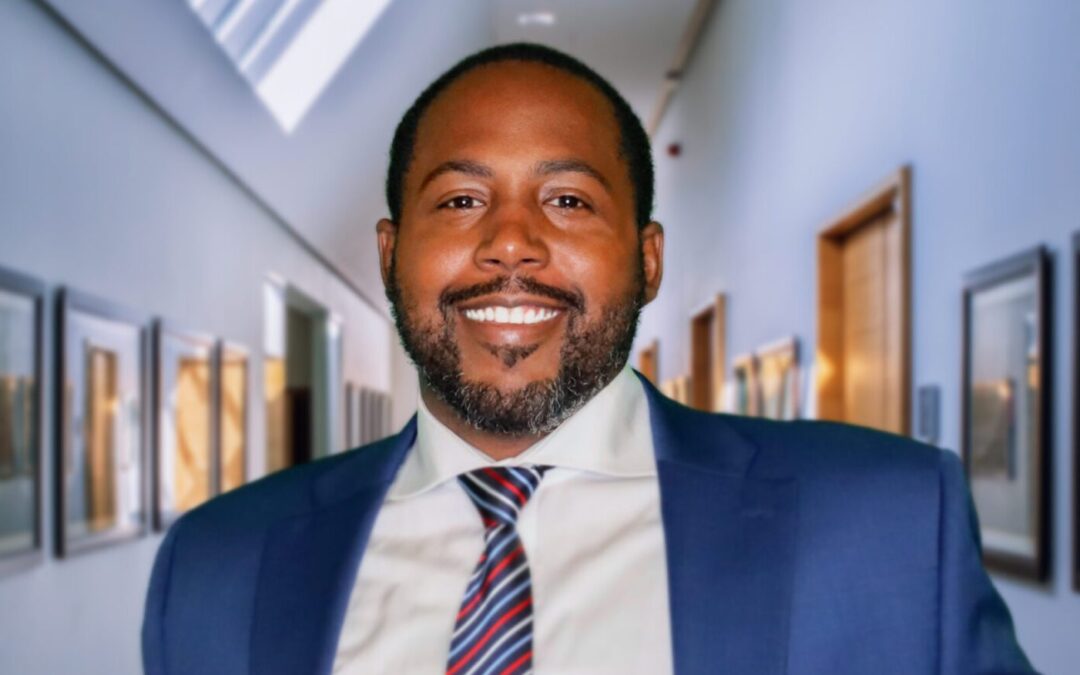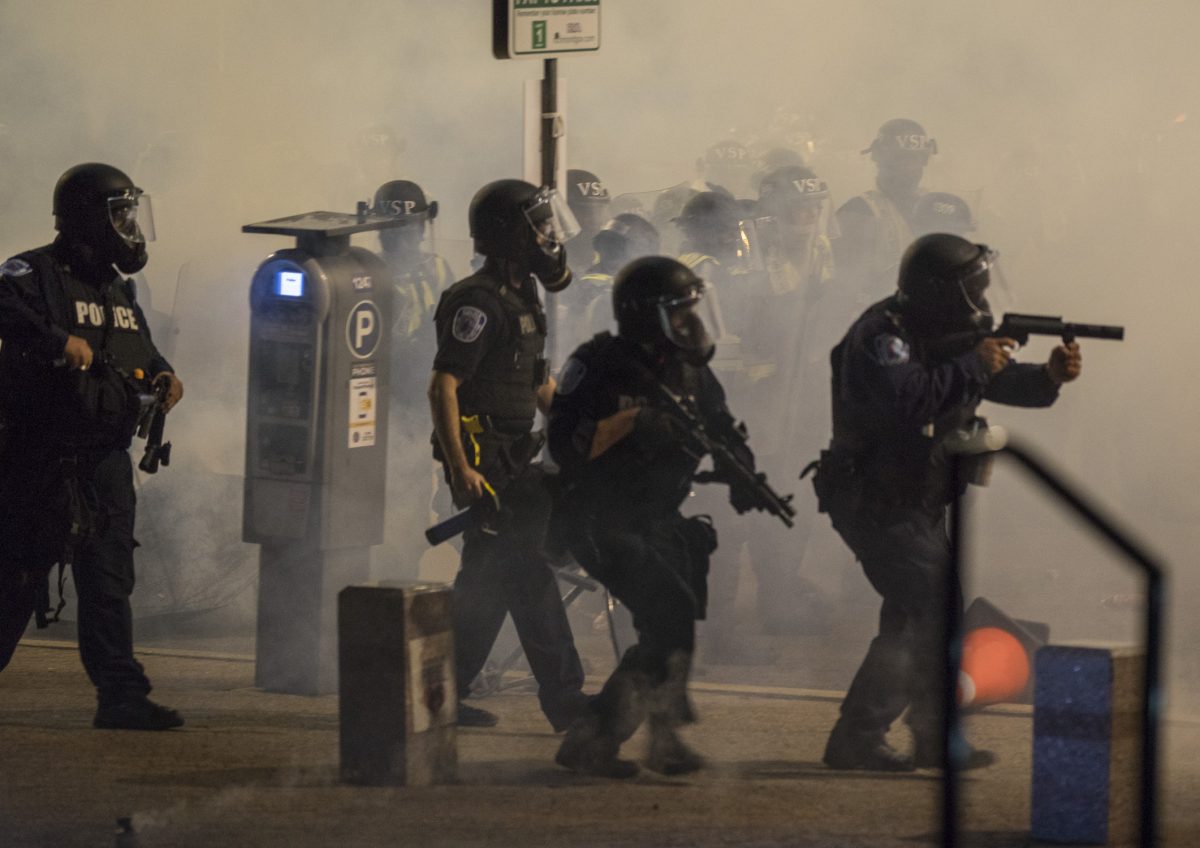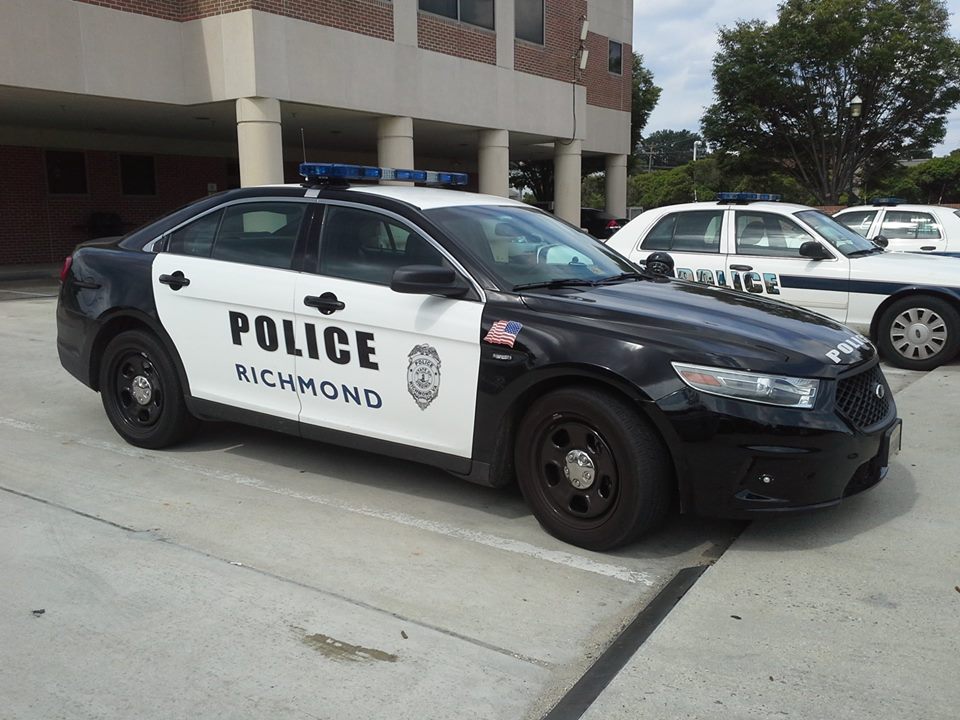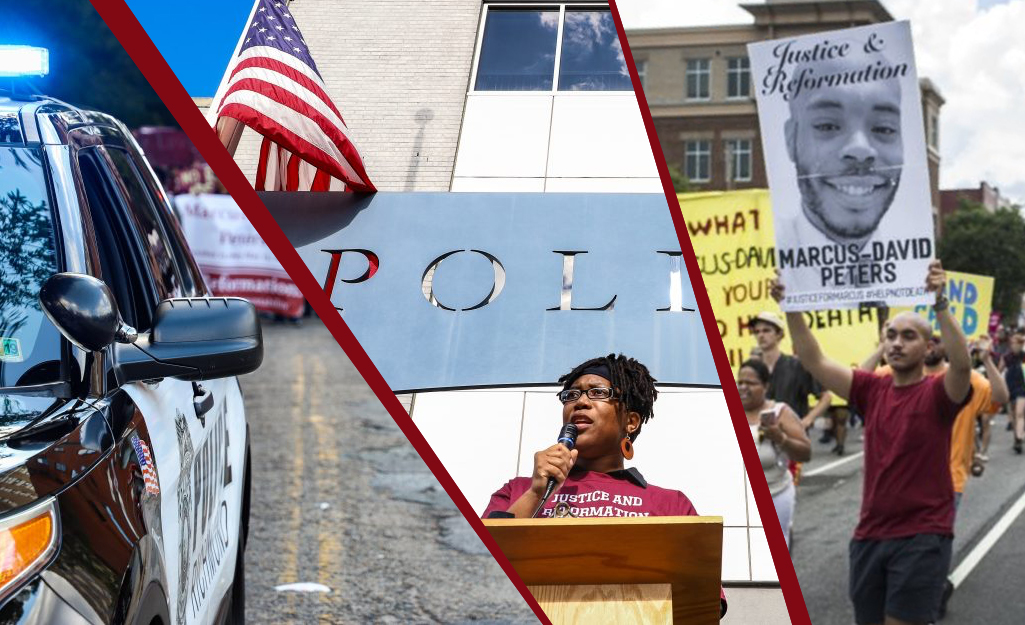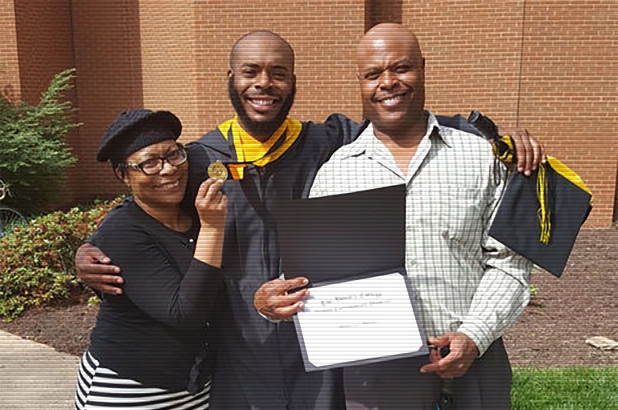I’m starting to really enjoy these interviews. My favorite part? Staying in touch with all of the candidates. They’ve all sent me prompts on issues they care about since our individual conversations; not one in aggrandizement of their contributions to anything. Just,...
